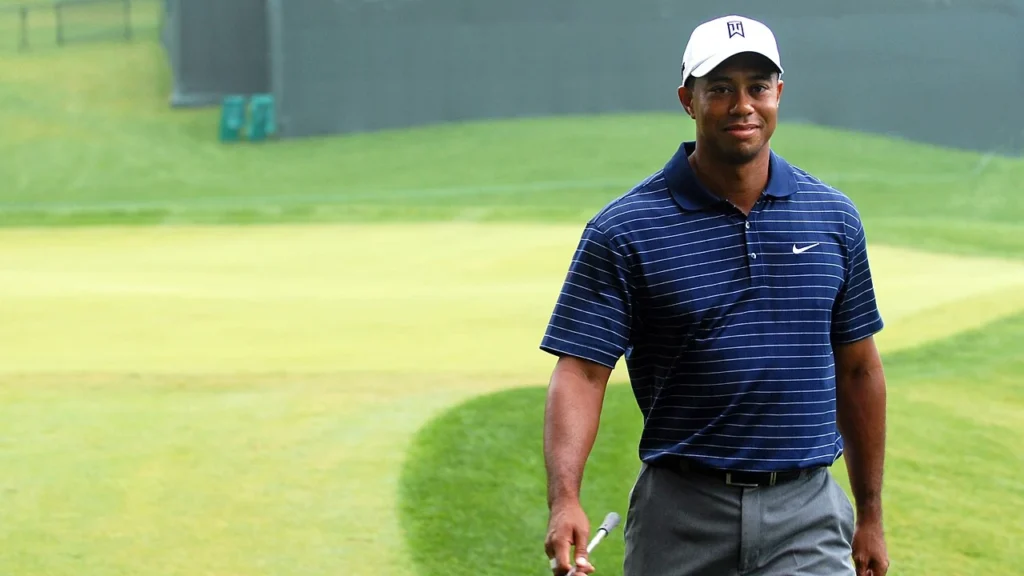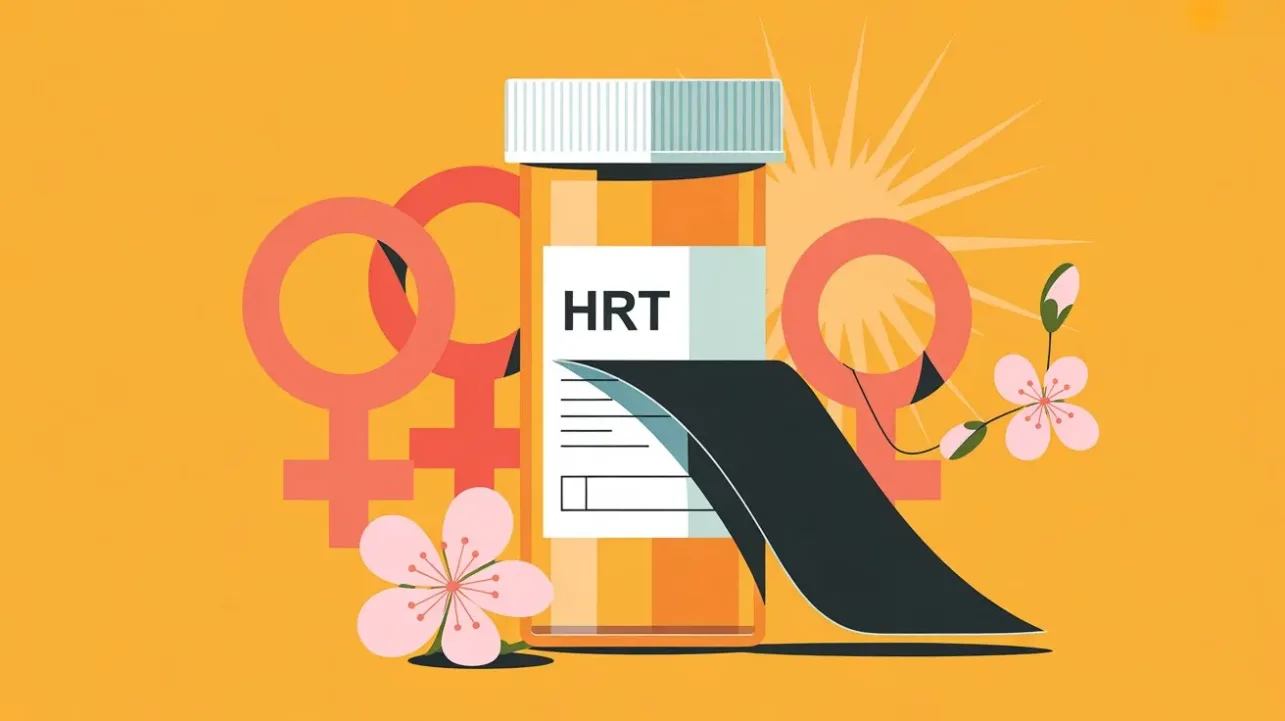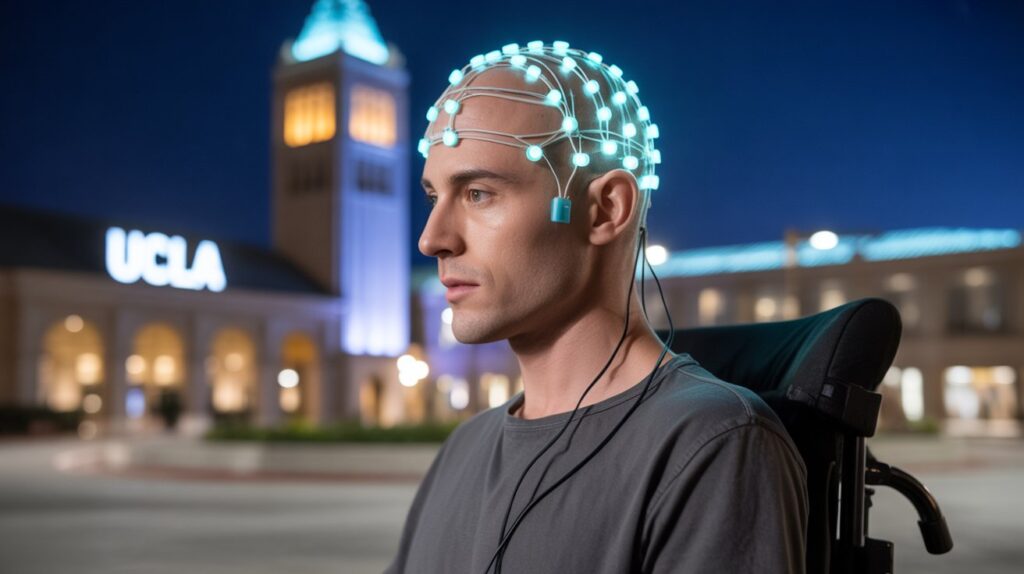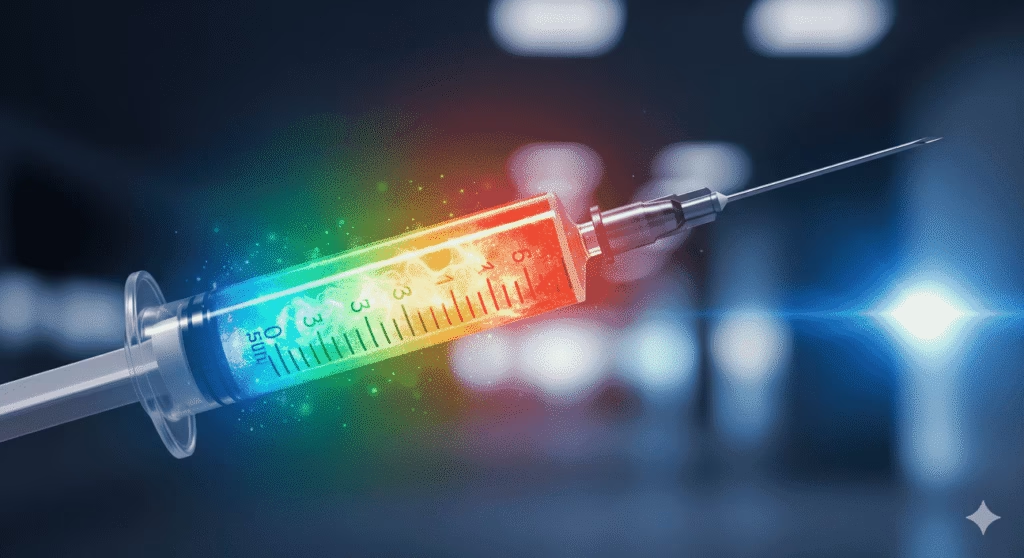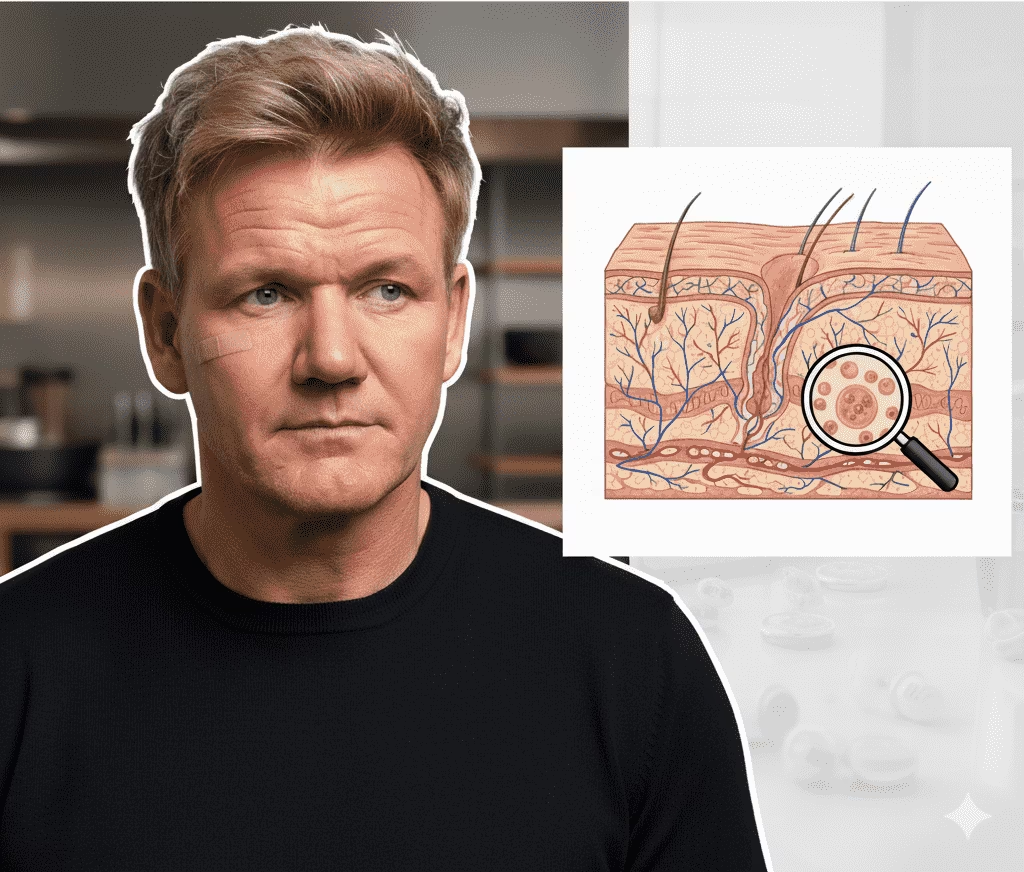Golf legend Tiger Woods announced his seventh back surgery on Saturday, October 11, 2025, undergoing a lumbar disc replacement procedure to address severe spinal deterioration and chronic pain that had limited his mobility.
The 49-year-old athlete revealed he had the surgery performed on Friday, October 10, at the Hospital for Special Surgery in New York, with Dr. Sheeraz Qureshi leading the procedure. Medical imaging revealed a collapsed disc at the L4-L5 level, disc fragments, and a compromised spinal canal requiring immediate intervention.
“After experiencing pain and lack of mobility in my back, I consulted with doctors and surgeons to have tests taken,” Woods wrote in a statement. “The scans determined that I had a collapsed disc in L4/5, disc fragments and a compromised spinal canal. I opted to have my disc replaced yesterday, and I already know I made a good decision for my health and my back“.
Understanding the L4-L5 Spinal Segment
The L4-L5 segment represents one of the most critical and vulnerable areas of the lumbar spine, situated at the base of the spinal column just above the sacrum. This region bears much of the body’s weight and provides essential support for standing, bending, and movement.
A collapsed disc at this level can cause severe symptoms including sharp, shooting pain that radiates from the lower back through the buttocks and down the legs—commonly known as sciatica. Patients often experience numbness or tingling sensations in the thighs, calves, and feet, along with muscle weakness that can affect balance and mobility.
The L4-L5 disc serves as a cushion between vertebrae, absorbing pressure from daily activities. When this disc collapses, it can compress nearby spinal nerves, leading to debilitating pain and restricted movement. Woods’ compromised spinal canal indicated that nerve compression had become severe enough to require surgical intervention
Dr. Sheeraz Qureshi: Leading Spine Surgeon
Dr. Sheeraz Qureshi, who performed Woods’ surgery, serves as Co-Chief of HSS Spine and holds the Patty and Jay Baker Chair in Minimally Invasive Spine Surgery at the Hospital for Special Surgery. He is recognized as one of the premier surgeons in the field of minimally invasive and motion-sparing spine surgery.
Dr. Qureshi performs nearly 300 minimally invasive spine surgeries annually, making his practice one of the busiest in the country. He has authored over 100 articles, book chapters, and textbooks, and helps design innovative surgical technology with leading spinal implant companies worldwide.
The Hospital for Special Surgery, founded in 1863, is the oldest orthopedic hospital in the United States and performs more than 32,000 surgical procedures annually. The institution is recognized as the world’s leading academic medical center focused on musculoskeletal health.
Recovery Timeline and Expectations
Recovery from lumbar disc replacement typically follows a structured timeline. Patients usually spend 1 to 3 days in the hospital immediately following surgery, with walking encouraged on the day of the procedure.
The early recovery phase spans 3 to 6 weeks, during which patients experience reduced pain and increased mobility. Light desk work and household activities may resume within 2 to 3 weeks, though heavy lifting and strenuous activities remain restricted.
Most patients see significant improvements by the 2 to 3-month mark, with many returning to work and beginning more intensive physical therapy. Full recovery, including return to vigorous activities and sports, typically occurs within 6 to 12 months.
However, Woods’ recovery may be complicated by his extensive surgical history and the physical demands of professional golf. The repeated stress on the lumbar spine from the golf swing, combined with previous surgeries, may extend his rehabilitation timeline.
Woods’ Extensive Surgical History
This marks Woods’ second surgery in 2025, following Achilles tendon repair in March after rupturing his left Achilles tendon. The latest procedure is his second back surgery in just 13 months, after undergoing microdecompression for nerve impingement in September 2024.
Woods’ back problems began in April 2014 with his first back surgery, which eventually led to having his lower back fused in 2017. Remarkably, a year after the fusion, he won the Tour Championship and then captured his 15th major and fifth green jacket at the 2019 Masters.
The golfer’s injury history extends beyond his spine. He was involved in a car crash in February 2021 that shattered his right leg and ankle—injuries so severe that Woods has said they nearly led to an amputation. He returned to competitive golf a year later at the 2022 Masters.
Since the 2021 car crash, Woods has played only 15 times in the past four years, with four of those appearances at the PNC Championship, where he can use a cart for the 36-hole event. He has not competed in any PGA Tour events in 2025 due to the Achilles injury.
Implications for Future Competition
No timeline has been provided for Woods’ return to competitive golf. The surgery casts significant doubt on his participation in December events, including his own Hero World Challenge scheduled for December 4-7 in the Bahamas and the PNC Championship with his son Charlie.
Woods was notably absent from the initial Hero World Challenge field announced earlier in the week, with three sponsor exemption spots remaining open. The star-studded field includes world number one Scottie Scheffler and other top players.
Woods’ participation in the TGL tech-golf league is also uncertain. The second season is scheduled to begin at the end of December, where Woods plays for Jupiter Links GC. A back surgery in October would seemingly make Woods’ participation in this TGL season unlikely.
Medical Advantages of Disc Replacement
Lumbar disc replacement offers significant advantages over spinal fusion by preserving mobility at the affected spinal level. The artificial disc allows continued movement between vertebrae, reducing stress on adjacent spinal segments and potentially preventing future degeneration.
This motion-preserving approach is particularly important for athletes like Woods, whose careers depend on spinal flexibility and range of motion. Traditional fusion surgery eliminates movement at the affected level, which can increase stress on neighboring discs and potentially accelerate their deterioration.
Support from the Golf Community
Golf legend Ernie Els sent a heartfelt message to Woods following the announcement, saying “Get better soon, Big Cat“. Four-time major champion and fellow competitor expressed his support during Woods’ latest health setback.
Golf insiders have expressed disappointment, with one noting the frustrating pattern of Woods’ injuries: “One thing fixed, another breaks“. The sentiment reflects the challenging reality Woods has faced in recent years as he battles multiple injuries simultaneously.
Woods’ focus appears to be on long-term spinal health rather than immediate competitive return. At 49 years old, with 15 major championships and 82 PGA Tour victories to his name, Woods continues to prioritize his overall health and quality of life.

